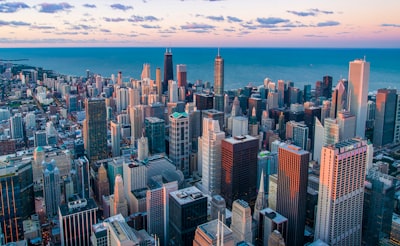Supreme courts typically function primarily as appellate courts, hearing appeals from decisions of lower trial courts, or from intermediate-level appellate courts.
Additionally, the highest court in some jurisdictions is not named the “Supreme Court”, for example, the High Court of Australia. On the other hand, in some places the court named the “Supreme Court” is not in fact the highest court; examples include the New York Supreme Court, the Supreme Courts of several Canadian provinces/territories and the former Supreme Court of Judicature of England and Wales and Supreme Court of Judicature of Northern Ireland, which are all subordinate to higher courts of appeal.
It was while debating the division of powers between the legislative and executive departments that delegates to the 1787 Constitutional Convention established the parameters for the national judiciary. Creating a “third branch” of government was a novel idea; in the English tradition, judicial matters had been treated as an aspect of royal authority.
In the end, the Framers of the Constitution compromised by sketching only a general outline of the judiciary, vesting of federal judicial power in “one supreme Court, and in such inferior Courts as the Congress may from time to time ordain and establish.” They delineated neither the exact powers and prerogatives of the Supreme Court nor the organization of the Judicial Branch as a whole.
Some countries have multiple “supreme courts” whose respective jurisdictions have different geographical extents, or which are restricted to particular areas of law. Some countries with a federal system of government may have both a federal supreme court , and supreme courts for each member state , with the former having jurisdiction over the latter only to the extent that the federal constitution extends federal law over state law.In civil law jurisdictions the doctrine of stare decisis is not generally considered to apply, so the decisions of the supreme court are not necessarily binding beyond the immediate case before it; however, in practice the decisions of the supreme court usually provide a very strong precedent, or jurisprudence constante, for both itself and all lower courts.









